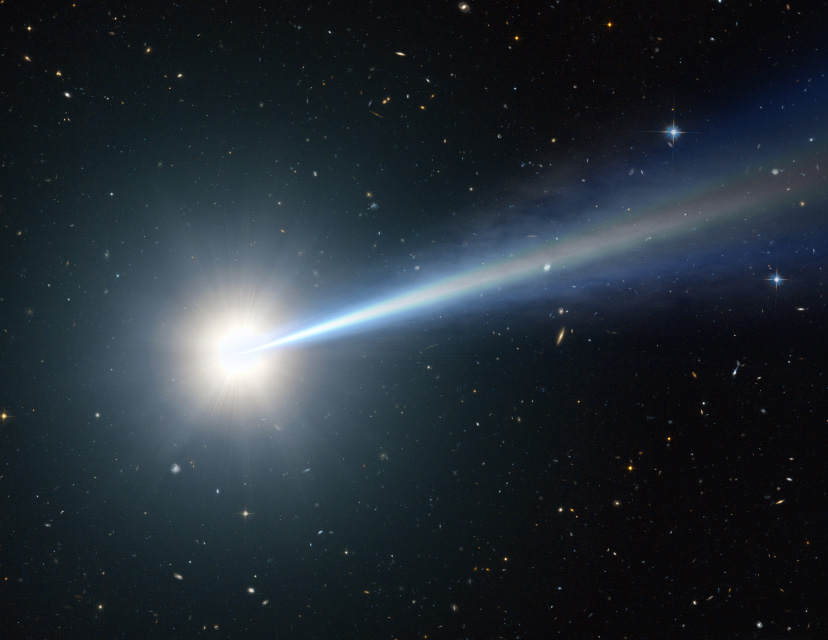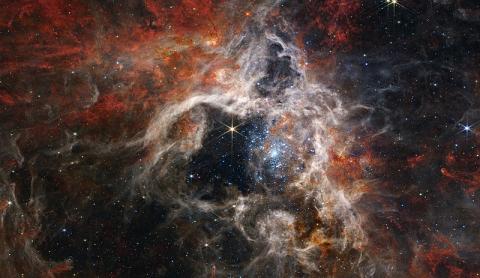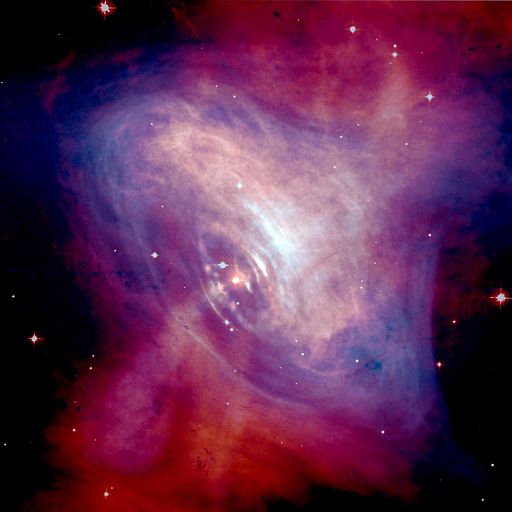Setterfield
Plasma Astronomy: A Different View
Plasma astronomy has been of interest to some who are interested in the origin of the universe and in how galaxies, stars, and planets formed. Opinions vary on the validity and relevance of plasma astronomy. Astronomers and electrical engineers, in particular, seem to have different views on its validity. In this article we shall look into plasma astronomy and some evidence related to it.

Faster than Light - part 2
NOTE on terminology: CDK implies that light was faster in the past, and then over time, gradually decayed. So, CDK refers to the DeKay (decay) of C (the speed of light): CDK.
This article is a continuation of the article Faster than light? 1 which explores the possibility of the speed of light being faster in the past.

Faster than Light?
One major argument against the young-earth creationist position has been the apparent great age of distant galaxies. Those galaxies are so distant that the light that we see would have taken billions of years to reach us at its current speed. Therefore, the argument goes that they would have to be at least billions of years old. Obviously, this is not in agreement with the young earth/universe creation position. However, this argument is not valid if the speed of light was faster in the past.

Redshift Quantization Explained
The redshift is an effect observed in astronomical data in which the color of light from distant objects is shifted toward longer wavelengths (the red end of the spectrum).
In this short article, we shall not try to examine thoroughly every attempted interpretation of the red shift, but we shall briefly examine a few generally well-known ones and primarily focus on a relatively new one.
The following are some well-known conventional explanations of redshift:
Does Changing Speed of Light Violate Energy Conservation?
The Problem
One problem for young-earth creationists (those claiming that God created the universe only thousands of years ago, rather than billions of years ago) has been the apparent great age of distant galaxies.
The Big Stretch - Part 1
![Fig. 1 - M2-9 - Does this illustrate forces described in the article? The Twin Jet Nebula ESA/Hubble [CC BY 3.0 (http://creativecommons.org/licenses/by/3.0)], via Wikimedia Commons](https://upload.wikimedia.org/wikipedia/commons/thumb/e/e6/The_Twin_Jet_Nebula.jpg/512px-The_Twin_Jet_Nebula.jpg)
Fig. 1 - M2-9 - Does this illustrate forces described in the article?
What if...
... there was a scientific model, based on the work of multiple Nobel prize winning scientists, that explains the formation of galaxies without dark matter or the need for billions of years, the filamentary structure of the cosmos, red shift quantization, and more...
The Big Stretch - Part 3 - Biblical Evidence
One might ask, how were there days, mornings and evenings, before the sun lit up on day 4, according to the Bible? There is a scientific model that can account for that! According to the physics of this model, there would have been light, starting on the first day, from a quasar at the center of the galaxy. This would provide light from a single direction, like the sun does today. See the illustration of a quasar, which make this point obvious.
 Quasar Image - from NASA
Quasar Image - from NASA
Agreement with Biblical Chronology
The model agrees with Biblical chronology. We noted in the second article of this series that the actual age of astronomical objects, as well as the actual age of radiometrically-dated objects (rocks), can be calculated using this model. We will look at the calculated age of the universe from the calculations of the model, and compare this with when creation week occurred according to the most ancient available Biblical texts.
The Big Stretch - Part 4 - Scientific Evidence
One might wonder whether there is any science to support the model described in the earlier articles in the Big Stretch series, especially after seeing how much it agrees with the Bible. In this short article, we take a look at the scientific evidence for this model.
This article is part of a continuing series about a cosmological model that integrates 2 scientific fields, each based on work of multiple Nobel prize winners. The resulting model, referred to here as the Setterfield model or the Setterfield ZPE-plasma model, is not only in agreement with laboratory results and astronomical observations, but is in amazing agreement with the oldest texts of Genesis. Last month we reviewed evidence for the agreement of this model with the Bible. That included the sun forming on day 4 of creation week, light on day 1, and the earth forming before the sun. See part 3 of the series (http://tasc-creationscience.org/article/big-stretch-3) for more Biblical evidence, and part 1 (http://tasc-creationscience.org/article/big-stretch-1) for a general introduction to this model.

